15 Reasons the American Dream Was Destroyed
The American Dream once promised that hard work and perseverance would lead to a comfortable life with a stable job, a home with a yard, and maybe even a two-car garage. But for many, that dream has started to feel more like a punchline. So what went wrong? Here are 15 reasons that might explain why chasing that dream now feels more like a treadmill than a triumph.
College Degrees Got Expensive, Fast

Credit: studioroman
Between 1987 and 2017, tuition at public four-year colleges more than tripled. While degrees became more common, so did debt. Millennials, the most educated generation yet, often owe over $30,000 in student loans. That debt delays homeownership, savings, and even having kids.
Wages Didn’t Keep Up With Productivity
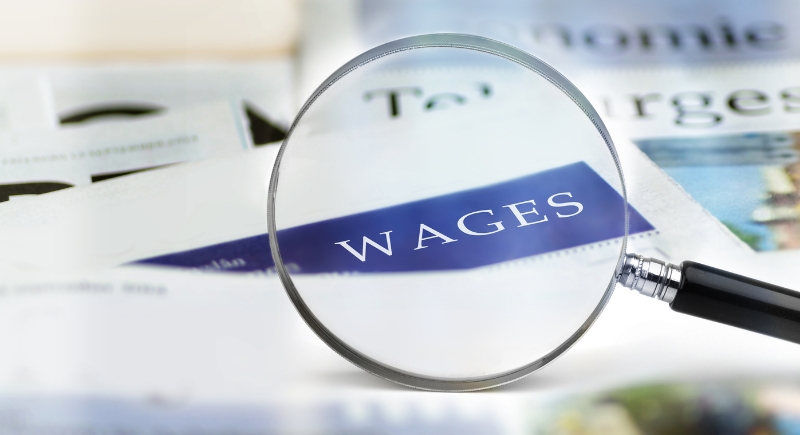
Credit: Getty Images
Today, American workers are 81% more productive than they were in the late ’70s, but their wages only rose by 29%. That’s a lot of extra hustle for a not-so-impressive paycheck. The economy grew and corporations profited, but most paychecks didn’t reflect the boom. So while GDP climbed, the average wallet stayed stubbornly average.
The 2008 Recession Left a Big Scar

Credit: Getty Images
When the housing bubble burst in 2008, so did many people’s faith in the system. Job losses, foreclosures, and wiped-out savings left an entire generation playing financial catch-up. Even after recovery, the impact lingered, especially for Millennials who entered the job market as it collapsed.
Childcare Costs Went Through the Roof

Credit: Getty Images
The average cost of daycare in the U.S. can exceed $15,000 a year per child. For many families, that rivals or even beats their rent. It’s no wonder birth rates are dropping. Parenthood has quietly transformed from a personal milestone into a luxury item with monthly payments.
Homeownership Became a Fantasy

Credit: Canva
Owning a home used to be the cornerstone of the American Dream. Today, it’s more like playing Monopoly with no money. In nearly 90% of U.S. markets, renting is cheaper than buying. Add skyrocketing prices, bidding wars, and rising mortgage rates, and suddenly buying a modest house feels like applying for a space shuttle launch.
Healthcare Bills Are Crushing

Credit: Getty Images
One surprise ER visit or a chronic condition, and even insured Americans can find themselves buried under medical bills. Medical debt remains the leading cause of personal bankruptcy in the U.S. So yes, someone can work full-time, follow the rules, and still lose everything to a broken arm or a bad back.
Rent Takes a Giant Bite
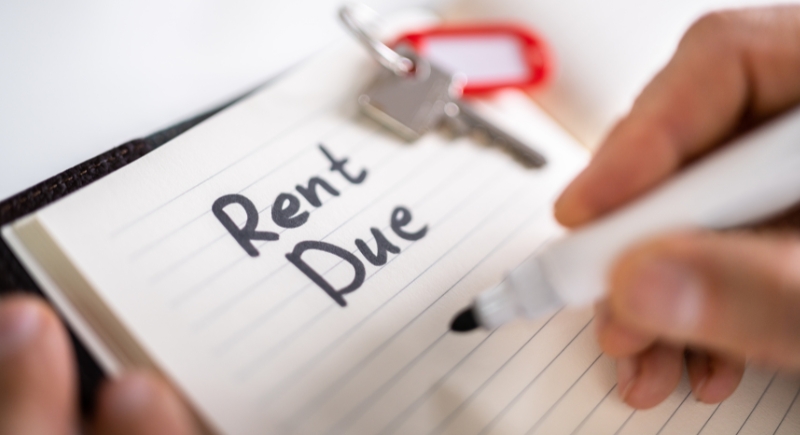
Credit: Getty Images
In many cities, renters spend more than 30% of their income just keeping a roof over their heads. As wages stagnate and housing costs climb, saving money becomes less likely, turning the “starter apartment” into a long-term reality.
Corporate Ladders Got Jammed
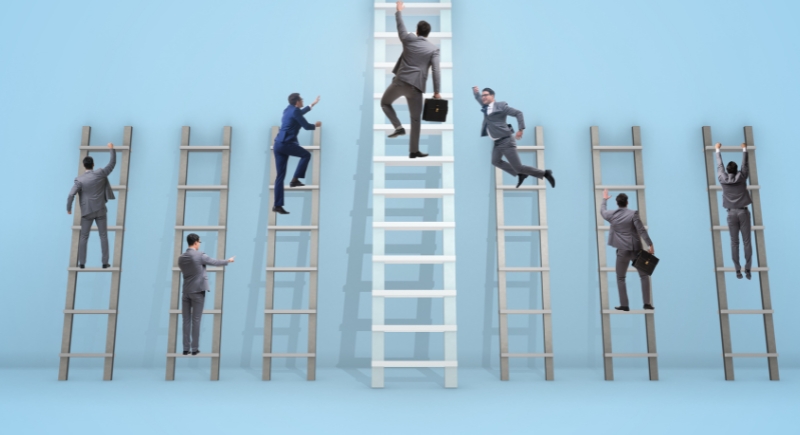
Credit: Canva
After the Great Recession, older workers stayed longer in the workforce, which clogged up promotions for younger employees. Entry-level jobs became purgatory. Without upward mobility, the whole “work your way to the top” part of the dream hits a wall, no matter how many extra hours someone puts in.
Social Safety Nets Are Full of Holes
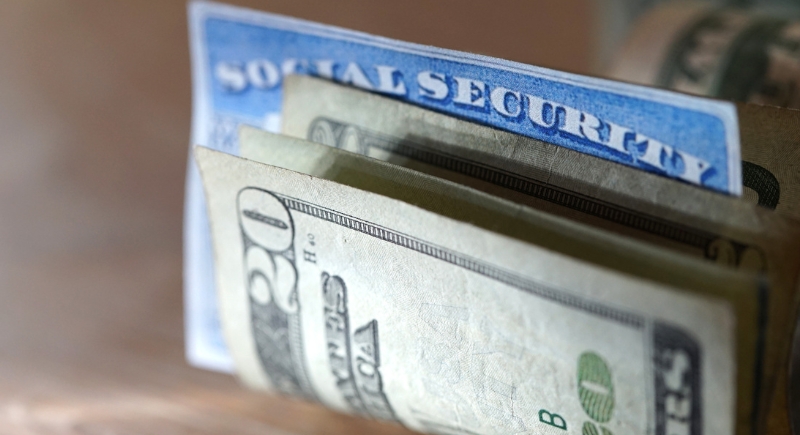
Credit: Getty Images
Government programs often require applicants to navigate red tape, delays, and harsh eligibility rules. The result? People who actually need help often give up or go without. A 2020 audit found thousands die each year waiting for disability decisions. It’s a slow-moving system in a fast-moving world.
Retirement Looks More Like a Mirage
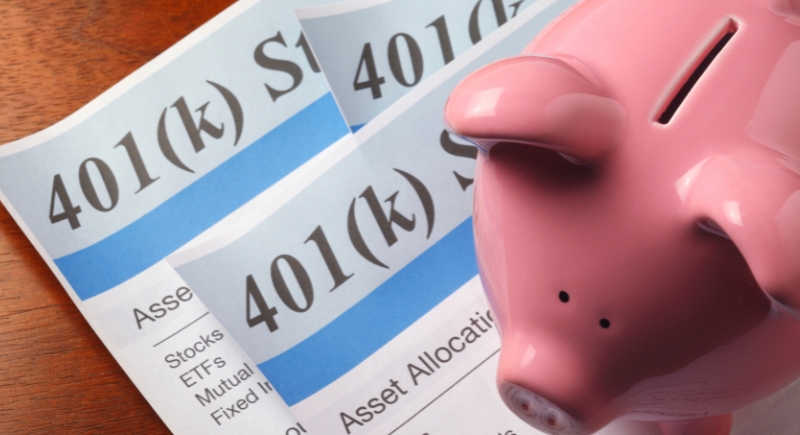
Credit: Getty Images
The 401(k) replaced pensions, but it shifted all the responsibility and risk onto the individual. Now, millions of Americans reach their 60s without enough savings to stop working. For many, retirement isn’t a reward anymore but rather a delayed dream or just completely off the table.
Job Security Took a Hike

Credit: Getty Images
Gig work, contract jobs, and layoffs have reshaped the American workplace. A full-time job doesn’t guarantee benefits or stability anymore. Workers switch roles more often, and not always by choice. That kind of career chaos makes it hard to build anything, let alone long-term financial security.
The Cost of Living Got Ahead of Everyone
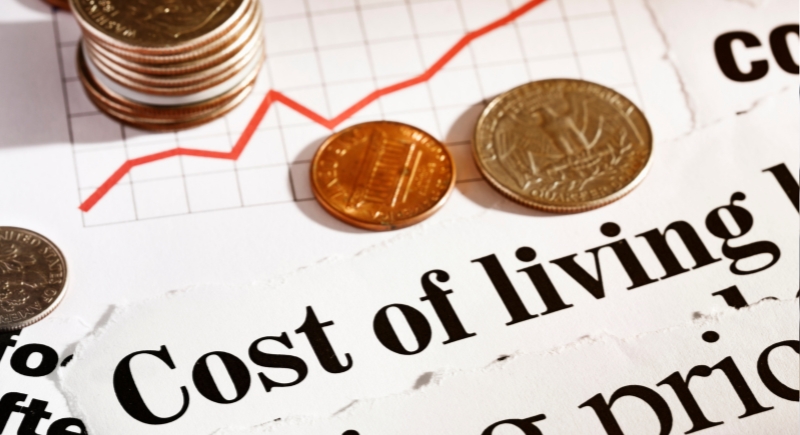
Credit: Getty Images
Grocery bills are higher. Gas tanks cost more to fill. Utility payments chip away at whatever’s left. Even as the news talks up job growth and a steady economy, most people don’t see it reflected in their budgets. The real story is the everyday squeeze: more hours, less breathing room, and not much hope of getting ahead.
Student Debt Kills Risk-Taking
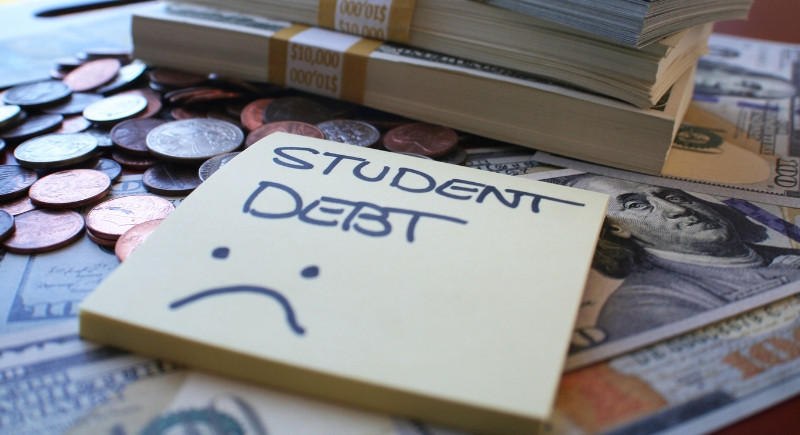
Credit: Getty Images
Launching a business or switching careers sounds thrilling, unless you owe thousands in student loans. That kind of debt anchors people to safe choices and steady paychecks. Risk fuels innovation, but debt fuels caution. In the end, there are fewer entrepreneurs and dreamers, but more spreadsheets.
Cultural Expectations Didn’t Update

Credit: pexels
Get a job, get married, buy a house, have kids. The American Dream came with a checklist, but no one updated it for the 21st century. Many still chase outdated milestones that don’t match today’s economy, leading to burnout, regret, and a lingering sense of failure, even when they’re doing everything “right.”
The “Deserving Poor” Myth Persisted

Credit: Canva
Many public debates treat people struggling financially as lazy or irresponsible. Politicians have mocked baristas with debt and minimized the real challenges facing working-class families. The idea that success equals virtue—and struggle means failure—continues to shape policy and public opinion, often unfairly. That mindset might be keeping real solutions off the table.